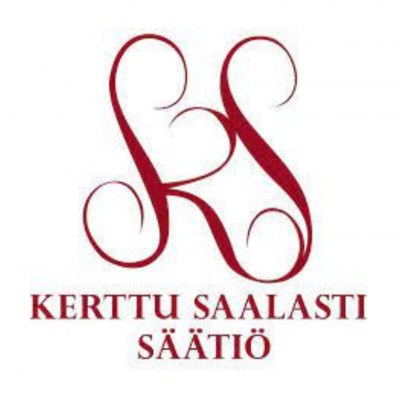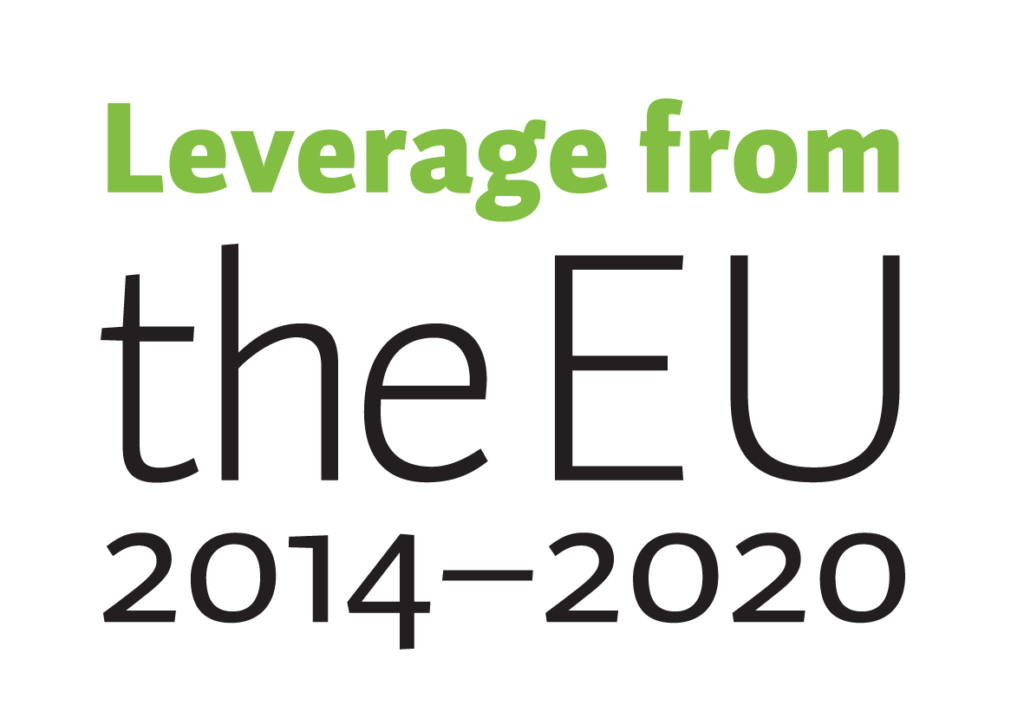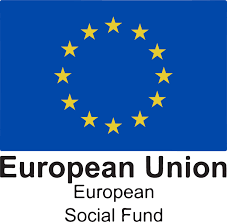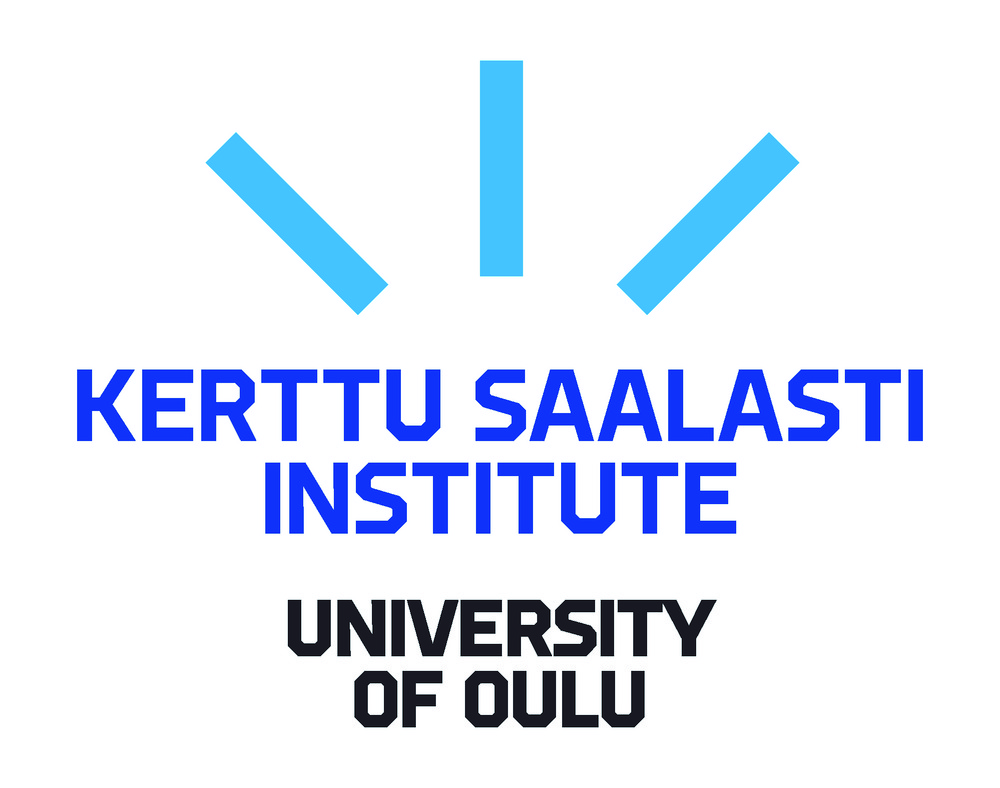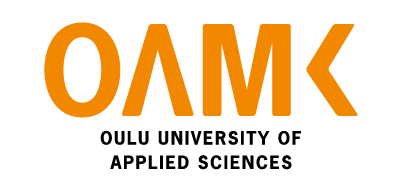The aim of this case study is to encourage students to adopt an evolving and innovative approach to further studies. The aim was also to create a network of entrepreneurs in the area, which would allow the development of cooperation between these entrepreneurs and the upper secondary school, either through students going to the workplace to work or to simply visit it. The plan was also to invite representatives of the business community to visit the upper secondary school. The ultimate aim was to increase the number of higher education courses that support career planning and postgraduate studies.
Case study description: The case study was used to design and pilot a course/curriculum module on career orientation, which was included in the upper secondary school curricula LOPS2016 and LOPS2019. For the first time, upper secondary school students had the opportunity to select and complete a career orientation course in the academic year 2021–22. By autumn semester 2021, 27 students had selected/completed the course/module. Students were able to choose from a range of open university courses that were free of charge. Open studies are recognised in the upper secondary school curriculum. 1.5 credits of higher education equal 1 course/2 credits. In the future, the activities will be developed in such a way as to continue cooperation with entrepreneurs in the region and to build up, alongside the introduction to the world of work, the opportunity to explore higher education, either with a teacher and a group or as an individual student, according to his or her own interests.
Authors: UuLops ESF project; Arja Ranto and Esa Härmä, Siikalatva Upper Secondary School
